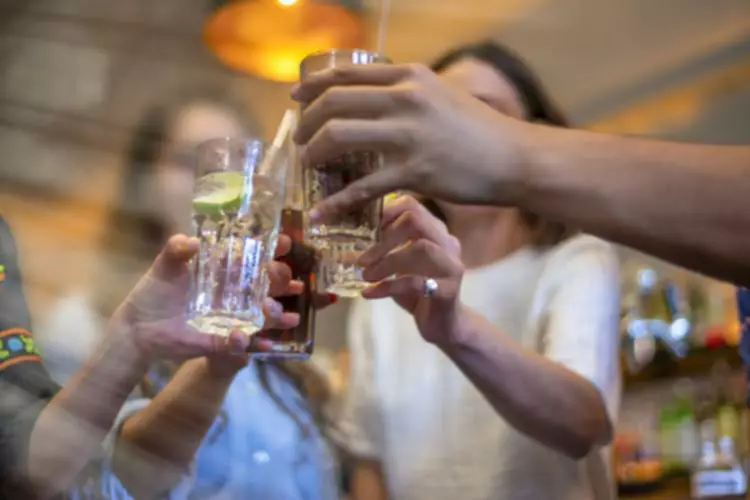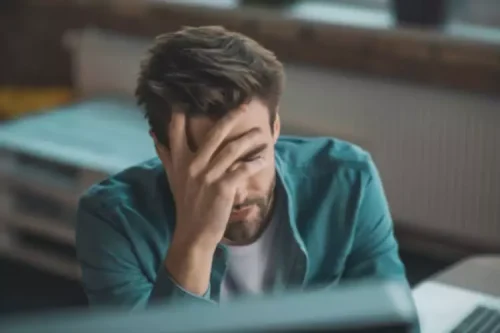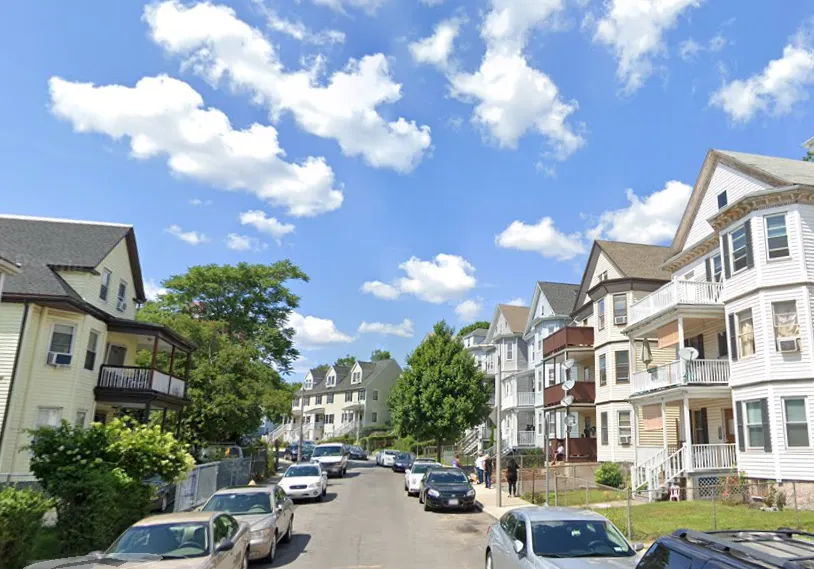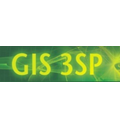Alcohol Withdrawal: Symptoms, Treatment & Timeline

Some people only sip a glass or two of wine before their head starts to throb. According to the latest globally comparable data, men in the Region consumed almost 4 times more alcohol (14.9 litres) than women (4.0 litres) per year. There were over 470 million current drinkers (people who consumed alcohol in the past 12 months) in the Region in 2019, with an average of 2 out of every 3 adults consuming alcohol. One in every 10 adults (11%) in the Region are estimated to have an alcohol use disorder, and almost one in every 20 live with alcohol dependence (5.9%). Several underlying conditions, such as migraine, cluster headaches, and infections, can cause pain on one side of your head.
Everything You Need to Know about Alcohol-Induced Headaches
- If your headaches are very severe, your provider may recommend additional treatments.
- Remember, the best way to completely avoid alcohol-related headaches is by moderating or abstaining from alcohol consumption.
- This will be a valuable resource for you and your doctor to start identifying more specific migraine triggers.
Add electrolytes in the food to help increase the calories and as well replenish the dehydrated system. Of course, the best way to avoid an alcohol-induced headache is to avoid alcohol completely – but we know this isn’t always possible. If you are struggling with how much alcohol you consume, cutting it out altogether may not be the best idea. Whilst all types of alcohol stand to cause some sort of headache, there may be types that you find you tolerate better than others. This can differ for each person and whilst one may find that spirits cause a headache, another may find that lager doesn’t agree with them. An alcohol-induced headache may fall into many categories and whilst they are painful and unpleasant, there are things that can be done to relieve the symptoms.
- The kidneys play a crucial role in maintaining fluid and electrolyte balance.
- While most headaches are just a nuisance and will fade within a few hours or days, some may need more urgent attention.
- Triptans work best when you take them at the early signs of a migraine.
- But severe or complicated alcohol withdrawal can result in lengthy hospital stays and even time in the intensive care unit (ICU).
Treatment For An Alcohol Headache After One Drink

A 5-ounce glass of wine (or 12 ounces of beer or a 1.5-fluid-ounce shot) may be OK every now and then, so long as it doesn’t bring on a headache. If it does, you’ll need to drink less or stay away from all alcohol. You could get a headache within 30 minutes to 3 hours of drinking.

What is the treatment for alcohol withdrawal?

Additionally, it is important to communicate with your doctor if you experience any adverse effects or if the medication does not seem to be working as expected. As you work with your doctor on next steps, it will be important to maintain access to reliable resources alcohol causes migraines on migraine. We recommend a look at our patient guides, which include useful information including how to talk to your doctor about migraine. While migraine is a common disease that affects 39 million Americans, no two migraine experiences are the same.
The Migraine Path: Risk Factors for Progression of Migraine Disease
However, if this is something that you find difficult then there are things you can do to reduce the chances of experiencing an unpleasant headache. In simple terms, this means that it has an effect on the kidneys which causes the level of fluid that you are taking in to become lower than what your body is putting out. The single main reason that alcohol is the cause of a headache is that it is what is known as a diuretic. Once it gets into your system, it is converted into a chemical that triggers migraine.
Medical Procedures
Even though yoga isn’t an intense cardiovascular activity, its advanced movements are demanding and require a certain level of strength and flexibility. Caffeine taken orally is absorbed by the body quickly and reaches peak bioavailability (usability by the body) within 30 minutes to 2 hours. While different electrolyte tablet brands offer varying caffeine doses, many popular options start around a 30 mg per tablet dose. Even if you just go to bed 15 minutes earlier or sleep 15 minutes later, this can be a step in the right direction.
This type of headache is less common, but many people may notice the symptoms developing within 3 hours of drinking. However, the headache is known to clear after 72 hours of abstinence. For instance, alcohol byproducts called congeners have been linked to headaches. Dark-colored alcohols like red wine, brandy, and whiskey may contain more of them. One study looked at 4,000 people who had had heart attacks and asked them about their drinking habits, both over time and immediately before the heart attack. The study found that people who binge drank were 72% more likely to have a heart attack than those who didn’t.
Generally speaking, a cocktail headache is usually a pulsating or throbbing pain and a hangover headache is more related to fatigue and a general feeling of being run down and tired. For people prone to migraines, even the smallest amount of alcohol can be enough to ruin a fun night out. Many involve a combination of group psychotherapy (talk therapy) and medications. Some people experience prolonged withdrawal symptoms, like insomnia and mood changes, that can last for weeks or months. It’s important to stay updated on the latest migraine research and treatment strategies. The American Migraine Foundation Resource Library provides a wealth of articles designed to assist you in understanding your symptoms and treatment options.









